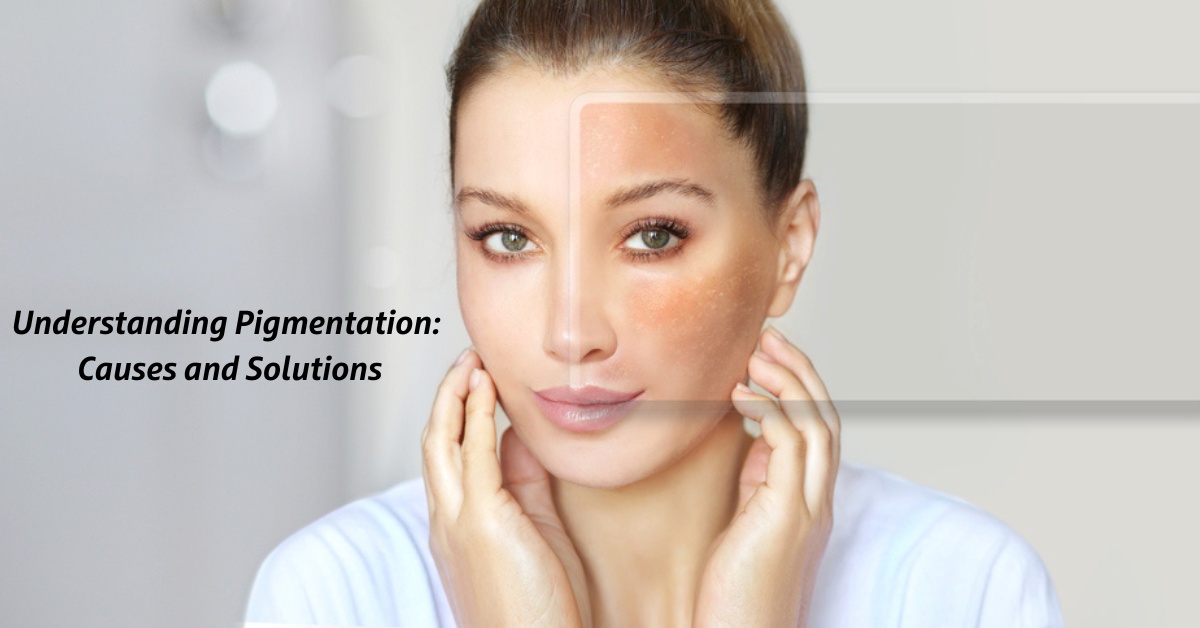Introduction
Pigmentation refers to the coloration of the skin, which is primarily determined by a pigment called melanin. Melanin is produced by specialized cells known as melanocytes and plays a crucial role in determining the complexion of an individual. While skin pigmentation is influenced by genetics, it can also be influenced by various external factors. In this article, we will delve into the causes of pigmentation and explore potential skin pigmentation treatment.
Genetics
Genetics is the primary factor that determines an individual's natural skin color. The amount and type of melanin produced by melanocytes are largely influenced by genetic factors. People with ancestors from regions with high sun exposure tend to have more melanin in their skin, which provides protection against the harmful effects of UV radiation. Conversely, individuals with ancestors from regions with less sun exposure have lighter skin with less melanin.
Sun Exposure
Exposure to ultraviolet (UV) radiation from the sun is one of the most significant external factors influencing pigmentation. UV rays stimulate the production of melanin as a natural defense mechanism to shield the skin from sun damage. This leads to tanning, which is essentially an increase in melanin production. Prolonged and unprotected sun exposure can lead to uneven pigmentation, including sunspots, freckles, and, in severe cases, sunburn.
Solution: To prevent sun-induced pigmentation, it is essential to use a broad-spectrum sunscreen, wear protective clothing, and seek shade during peak sun hours.
Hormonal Changes
Hormonal changes can also affect pigmentation. Pregnancy, for example, often leads to an increase in melanin production, resulting in a condition known as melasma or "pregnancy mask." Hormonal birth control and hormone replacement therapy can also influence pigmentation in some individuals.
Solution: Consult a dermatologist to discuss options for managing hormone-related pigmentation, which may include topical treatments or changes in medication.
Age
As people age, their skin undergoes various changes, including changes in pigmentation. Age spots, also known as liver spots or sunspots, can develop due to cumulative sun exposure over the years. These spots are typically darker than the surrounding skin.
Solution: Regular exfoliation and the use of skin-brightening products containing ingredients like vitamin C and retinoids can help reduce the appearance of age-related pigmentation.
Inflammation and Injury
Inflammation and injury to the skin, such as acne, can lead to post-inflammatory hyperpigmentation (PIH). PIH occurs when the skin produces excess melanin in response to inflammation or injury, resulting in dark spots or patches.
Solution: To address PIH, it is important to treat the underlying inflammation or injury. This may involve using topical treatments, such as hydroquinone or kojic acid, prescribed by a dermatologist.
Skin Disorders
Certain skin disorders, such as vitiligo and albinism, are characterized by abnormal pigmentation. Vitiligo results in the loss of melanin in certain areas of the skin, leading to white patches. Albinism, on the other hand, is a genetic condition that results in a lack of melanin production, leading to very pale skin, hair, and eyes.
Solution: There is no cure for conditions like vitiligo and albinism, but individuals affected by these conditions can manage their skin health with the guidance of dermatologists.
Conclusion
Skin pigmentation is influenced by a combination of genetic and environmental factors. While genetics play a significant role in determining one's natural skin color, external factors such as sun exposure, hormones, age, inflammation, and skin disorders can all contribute to pigmentation changes. Understanding the causes of pigmentation is essential for developing effective strategies for prevention and treatment. Consulting with a pigmentation dermatologist is often the best approach to address specific pigmentation concerns and determine the most suitable solutions for maintaining healthy and radiant skin.


No comments yet